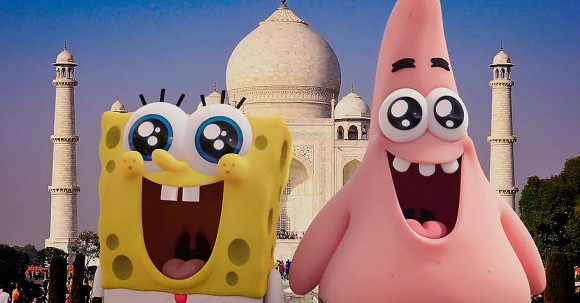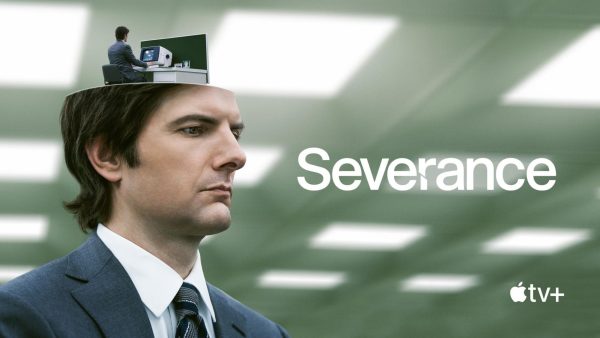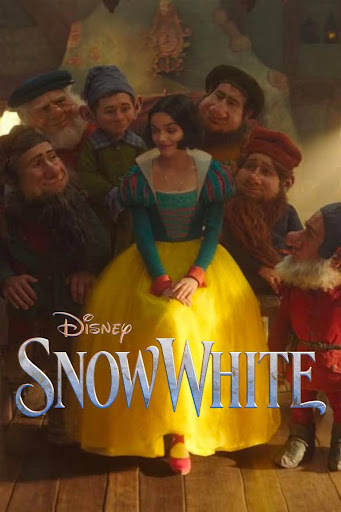New Spongebob movie receives better critic ratings than American Sniper
SpongeBob: Sponge out of Water and American Sniper are respectively the fifth and third highest grossing films in America currently, and have Rotten Tomatoes scores of 75 and 72 percents. SpongeBob may have a higher critic approval rate, but American Sniper was nominated for the Oscar 2015 Best Picture award. Obviously, with such high endorsements for both movies, conclusively naming the superior film, and therefore which one you should rather see, is a difficult act. Thusly, The Featherduster decided that an in-depth, side-by-side comparison between the two would be necessary to inform the public of which is the objectively better movie.
Any films with such close box office rankings and Rotten Tomatoes scores must be extremely similar, and these films are no exception. They share many similarities: the protagonists wear military uniforms, SpongeBob and Chris Kyle both experience anxiety-induced mental breakdowns, there are tense scenes with narrow escapes from rioting citizens, the protagonists come under fire multiple times and both movies spread propaganda, which will be discussed in more detail later. For now, here’s a breakdown of the more important similarities:
In an emotional scene in American Sniper, Chris Kyle comforts a wounded soldier and friend who has been shot by an enemy sniper. This was alarmingly similar to an equally-moving scene in Sponge out of Water when Patrick consoles SpongeBob, who has just been grievously injured by a cannonball. These scenes in both movies are tear-jerkers, so be sure to bring a bulk package with a minimum of three tissue boxes along to the theater.
On the other side of the emotional spectrum, American Sniper contains a horrifying and angering scene during which an Iraqi soldier tortures a child using an electric drill. Initially, it seemed as though this scene could not be matched by anything in the entirety of SpongeBob. But then, the film arrived at its only torture scene, and everything changed. Plankton was forcibly strapped to a desk, bound by scotch tape and subjected to psychological torment in the form of one of SpongeBob’s most audibly abrasive giggles. While the torture in the two scenes use entirely different methods, the horror evoked in each is proportionate.
In another curious consistency, both films chronicle the dissipation and rejuvenation of their protagonists’ relationships within their respective romantic subplots. After Bikini Bottom has reached an anarchic state from the disappearance of the Krabby Patty Secret Formula™, it is believed that SpongeBob and Plankton took the formula and hid, thus making the two notorious criminals and traitors in the eyes of the public. As a result of this, SpongeBob’s closest confidant and life partner Patrick Star turns on him, and even purposefully attempts to ensnare him by sitting on him. In American Sniper, as a result of Chris Kyle’s war involvement, he becomes disillusioned with his life on the homefront, and can no longer cope with that peaceful existence. Subsequently, the relationship between him and his wife is worsened by his lack of mental presence, even when he is physically present. However, both SpongeBob and Patrick as well as Chris Kyle and Taya Kyle are harmoniously, spiritually reunited by the ends of the films.
However, while the movies are extremely similar in some aspects, they can be vastly different in others. Of course, one stars a talking sponge and the other a human, but it does go somewhat deeper than that: Sponge out of Water takes place under the sea while American Sniper is mostly set in Iraq, SpongeBob lives in a pineapple and Chris Kyle lives in a house, and SpongeBob wears cubical pants as opposed to Kyle’s more cylindrical trousers. But wait, there’s more.
For example, while both movies spread propaganda, their messages are vastly different. On the one hand, American Sniper presents an entirely ‘MURICAN message — Chris Kyle rarely questions the morality of killing civilians or enemy soldiers so long as it is to protect US soldiers. On the other hand, SpongeBob directly contradicts American views by attempting to brainwash children into accepting communism. The evidence supporting this is as solid as the evidence supporting the theory that the moon landing was faked, as well as the proven theory that 9/11 was an inside job: not only does the Illuminati symbol feature prominently throughout the film, but SpongeBob and Plankton sing songs about “teamwork.” According to wikipedia.org, teamwork is defined as “work done by several associates with each doing a part but all subordinating personal prominence to the efficiency of the whole.” If you’re still unconvinced, the movie portrays Plankton’s attempts to steal the Krabby Patty Secret Formula™ as nefarious and dastardly. But is the entire system of capitalism, the very basis of our economy, not based on competition in the marketplace? How can the movie possibly denounce competition against Mr. Krabs? The only possible answer is a secret communist plot to brainwash young and impressionable children.
From a pure violence standpoint, American Sniper is superior to SpongeBob. While SpongeBob had a mere four deaths, Chris Kyle killed more than 160 enemies, although fewer were shown on camera. American Sniper did have more violence, but Sponge out of Water captured the spirit of war more accurately through the inclusion of friendly fire, which did not make an appearance in American Sniper. What’s more, SpongeBob had a much more callous attitude about death when compared to American Sniper. Both Plankton and SpongeBob himself watch stoically as a man plummets to his death after pleading with them for help. Afterwards, they move on to their next task, disregarding prior fatalities. By contrast, Chris Kyle has difficulty reconciling himself with the deaths in the war. These differing reactions show how SpongeBob attempts to demonstrate that death is OK and not something to worry about, whereas American Sniper presents death in a fearful fashion. SpongeBob’s attitude towards death is clearly far more beneficial to mental and emotional health. YOLO, indeed.
It is also worth noting that one film is animated and marketed toward children, and the other is a war drama intended for a primarily adult audience, something you likely would not assume from their titles or Motion Picture Association of America rating.
In conclusion, SpongeBob is in fact the objectively, numerically superior film — it is just as emotional as American Sniper while also portraying war more accurately and teaching a better outlook on death. The most likely reason for its higher ratings though is probably the inclusion of a rap battle between a time travelling-dolphin named Bubbles and various talking seagulls. American Sniper was a close second, but considering the absence of poop jokes and anthropomorphic sea creatures, it can subsequently be inferred that SpongeBob was the better film.








